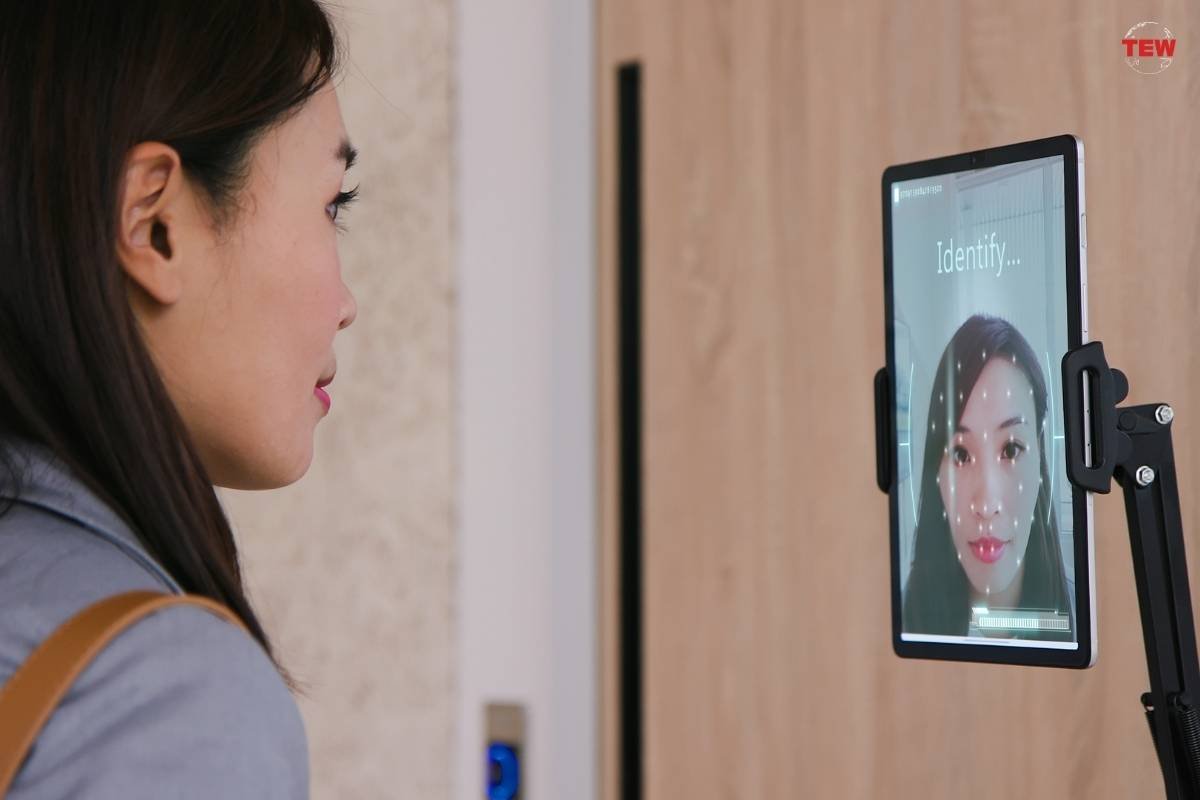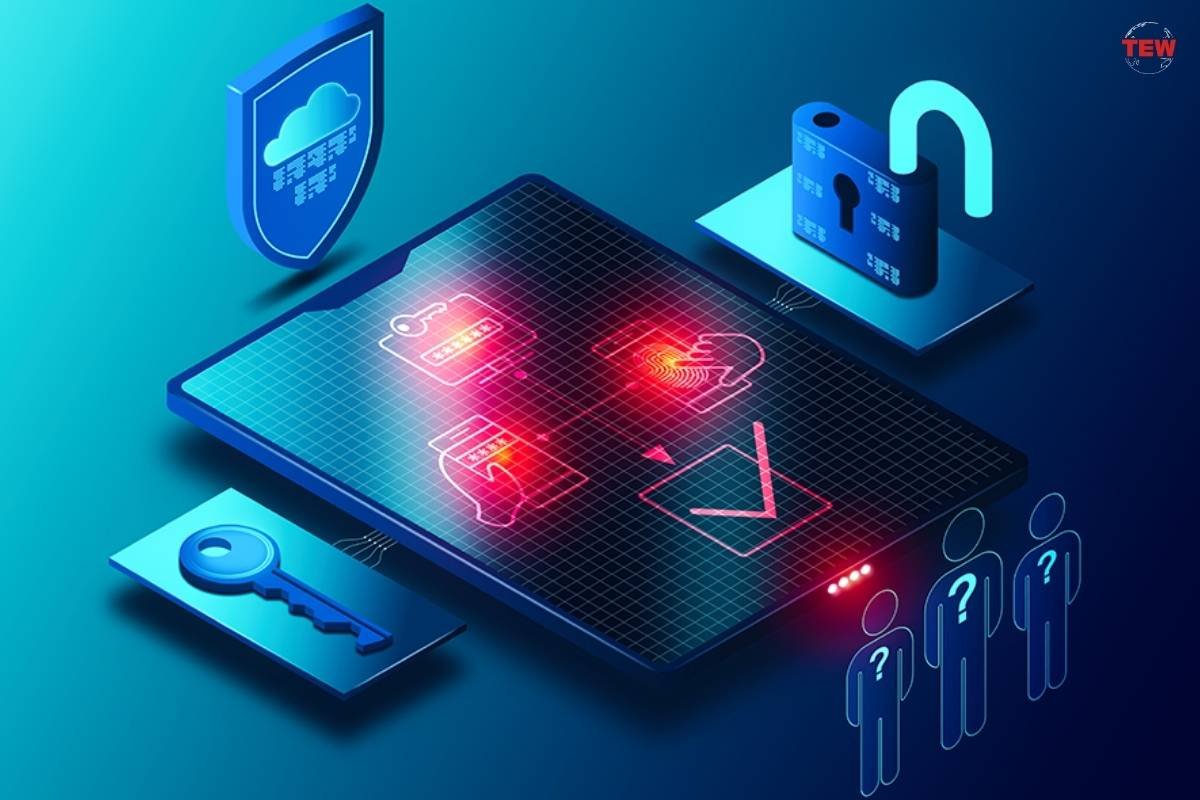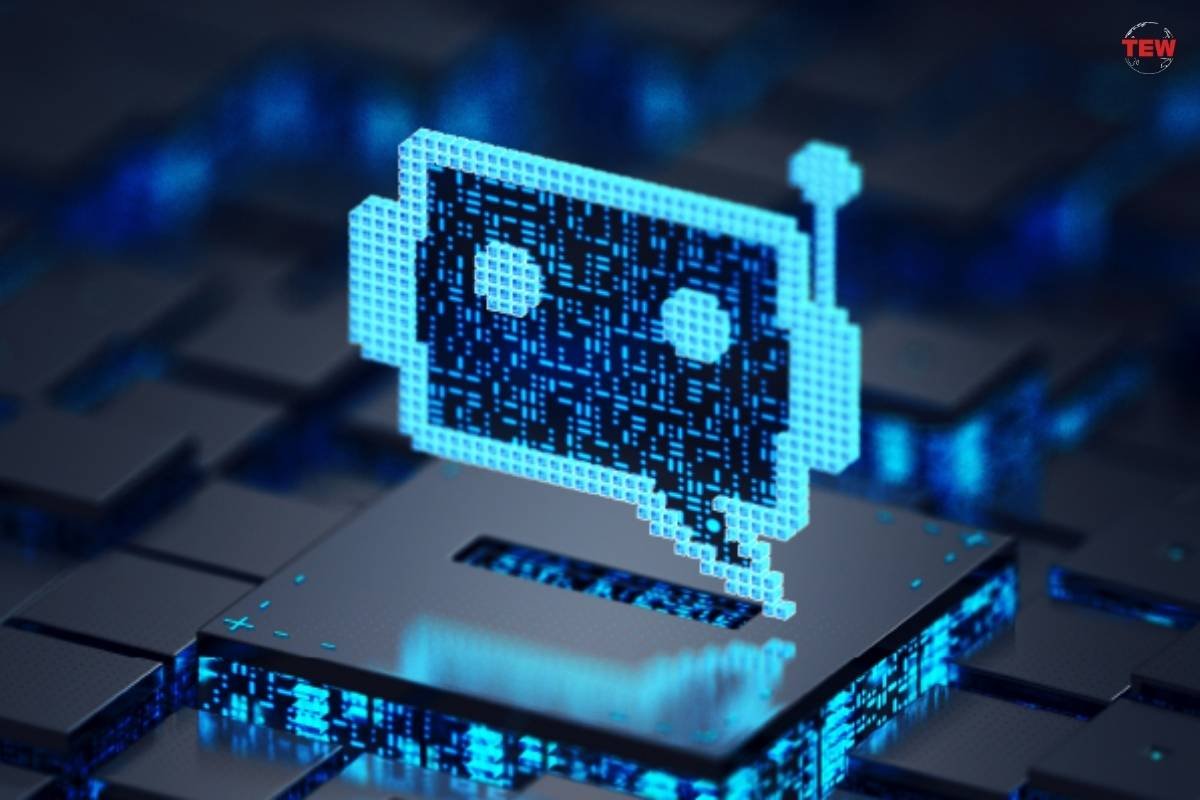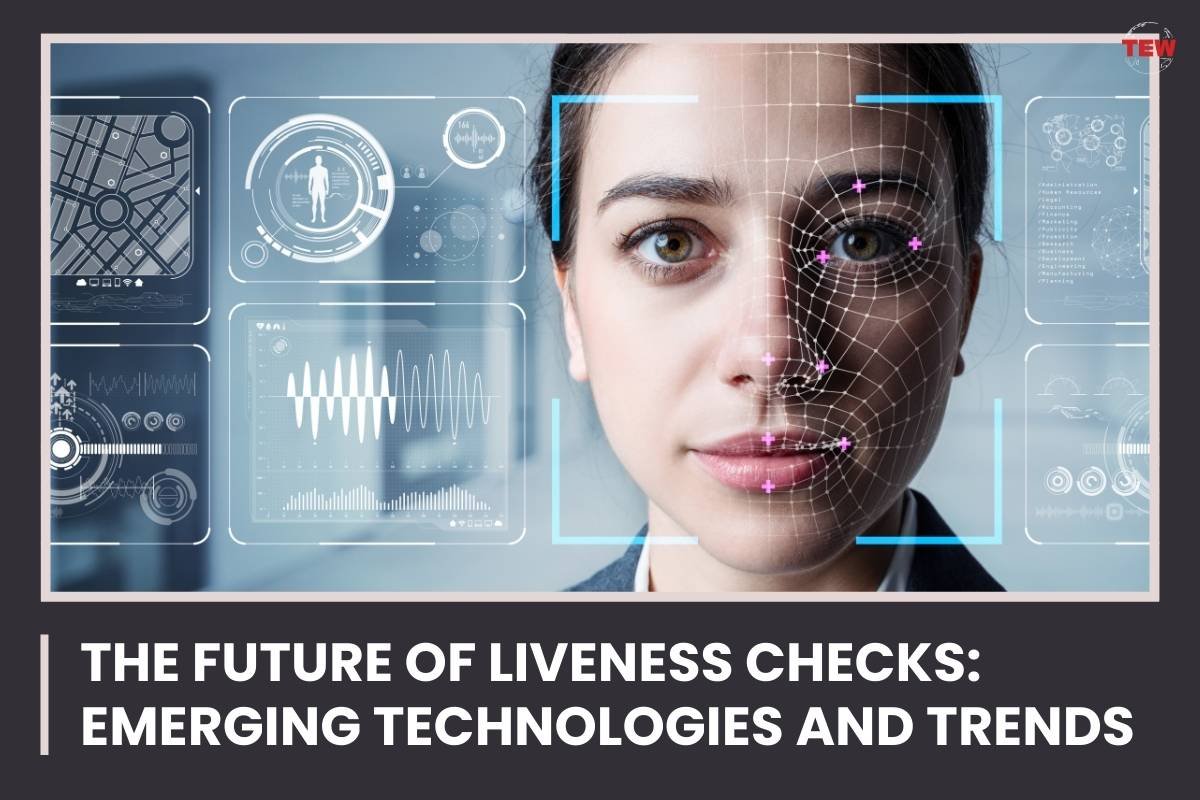Remember those bank heists in Hollywood movies where the actor opens secured bank vaults using fake fingerprints, eyeballs, and masks? Or, scenes where someone uses a dead person’s finger to open restricted areas? What if these anti-authentication attacks, also known as “spoofing” become a reality?
Nothing would be safe in this world anymore. With artificial intelligence at its prime, cloning facial images or voice is not impossible. You can get duped, and this is serious. But, as a token of relief, these spoofing attacks aren’t as effective in real life as in the blockbusters that we all love.
The fact that digital transactions have become a part of our daily lives necessitates fraud prevention to the highest degree. The demand from consumers for biometric and facial authentication technology is on the rise like never before.
This is evident in the facial recognition market reaching $4 billion in value in 2020. It is anticipated to expand further in the coming decade. An extra layer of authentication used for KYC biometric validations is gaining traction.
Liveness detection is our digital world’s new armor against online fraud. It is a layer of authentication built to further secure biometrics. In this blog post, we will shed light on the emerging trends in the field of liveness detection.
Liveness Checks: Guarding the Digital World
From toddlers learning in smart classrooms to doctors operating using robots, technology has become an indispensable part of our lives.
But with the convenience and efficiency of 0s and 1s, comes a grave risk of fraud and deceit. Even though the safety mechanisms in most of the secured places are state-of-the-art, danger lurks everywhere. Criminals and scammers are always looking for new ways to outsmart authentication technology.
Today is the era of biometric authentication. It is well-regarded for its robustness, effectiveness, and convenience. But, like any authentication method, it remains vulnerable to hackers and fraudsters. This is where the importance of active liveness checks becomes apparent.
Here, in addition to the biometrics, the process also verifies whether the person interacting is a real human being. This makes impersonating an individual nearly impossible.
Now, let us delve deeper into the technical advancements and emerging trends in this domain of security:
Trending Liveness Check Methods
Biometric Liveness Detection

Face Detection: Static facial images or deep fakes will never be able to produce micro-expressions like blinking and involuntary twitches of the face. According to AU10TIX, the liveness detection algorithms analyze these subtle facial movements to distinguish a living human from a fake one.
Retinal Liveness Detection(RLD): RLD uses distinctive patterns in a person’s retinal vasculature to validate their liveness. The blood vessels get scanned using high-resolution infrared cameras, and the advanced algorithms process the complex vessel networks.
The algorithms seek specific features such as branching patterns, bifurcations, and pulsatility. These parameters are very dynamic by nature and getting recreated in static photographs is next to impossible.
Voice Detection: VLD features the study of sophisticated human biometrics that differentiate natural voices from audio recordings or synthetic speech. Techniques include resonance analysis of the vocal tract, vibrations in the voice folds, and also some minute deviations around speech patterns.
High-level VLD systems take into account many indices like pitch, stress, and also emotional variations; they are immune to replay attacks and even deepfakes.
Challenge-Based Liveness Checks
Questions Generated in Real-Time: These questions transcend the mundane everyday quizzes, adapting and transforming to counteract AI or scripts.
Now consider that you need to describe an object in your environment or solve a simple math function – tasks that require no effort for ordinary people but are impossible for robots. This type of dynamic approach keeps the fraudsters guessing, making sure that real-time human input is the only response that crosses it.
Randomized On-Screen Actions: Do not even think about taking static selfies when encountering this check. These liveness checks throw curve balls such as blinking a defined number of times or tilting your head at changing angles.
Such innocent acts, on the other hand, turn into imposing challenges for automated programs without any physical presence or prompt responsiveness. They serve as a pretty good test for physical interaction with the device, ensuring that there is someone in command.

Multi-Factor Authentication (MFA): You can consider MFA as a layered security fortress. When combined with other authentication techniques such as one-time passwords and fingerprint scans, these liveness checks can enhance the security of your system by leaps and bounds.
MFA, by insisting on the confirmation of multiple points, becomes an impermeable wall even to advanced assaults.
Behavioral Biometrics
These systems analyze user interaction patterns like mouse movements, scroll speed, and typing rhythm to identify unique behavioral signatures characteristic of genuine users.
This method helps detect anomalies indicative of bots or automated scripts attempting to bypass liveness checks.
The fact that these liveness checks can change with the changing fraud strategies and remain reliable, requiring very little user effort, makes them very effective.
Real-World Applications
The practical benefits of AI-based liveness checks are finding applications in different industries and sectors. Let us dive into how emerging technologies are revolutionizing real-world applications:
1. Financial Services: Guarding the Fortunes of Trust
The financial world is replete with high-value transactions and sensitive user data. This domain is a natural playground for liveness checks. Here’s how they are securing the financial tapestry:
Combating Account Takeover (ATO): Common password verification has proved to be insufficient against modern-day sophisticated social engineering attacks.
AI liveness check, based on biometric and behavioral detection can identify imposters attempting account takeover in real time. Microexpressions on the face or the slightest of movements, like a nod, can block impostors.
These algorithms, which are constantly learning and evolving can depict variances between the genuine client’s old recordings and what is left of a potential fraudster’s re-enactment.
Frictionless Fraud Prevention for Transactions: Gone are the days of clunky fingerprint scanners or inconvenient OTPs for every minor transaction. Behavioral biometrics, analyzing typing rhythm and mouse movements, can flag suspicious activity in real time, triggering a liveness check only when anomalies are detected.
Imagine paying a large sum online; subtle inconsistencies in your usual typing pattern might prompt a video liveness check for added security, granting a seamless experience for legitimate transactions while instantly raising red flags for potential fraudsters.
2. Online Gaming: A Level Playing Field for All
Online Gaming is a competitive world that demands proper security and a safe environment. Liveness checks are taking center stage to ensure a level playing field:

Bot Account Eradication: Bots and automated scripts interfere with gameplay, subverting the premise of competitive online games. Liveness checks such as voice analysis are implemented in multi-factor authentications which can identify any non-human behavior at the time of login thereby putting an end to a bot account.
Consider a sophisticated multiplayer game, where cutting-edge voice analysis registers nonhuman speech patterns. It kicks out automated gamers with lightning speed to guarantee an authentic human versus human play experience.
Verifying Age Restrictions: In the world of online gaming, protecting minors from having access to age-restricted content is critical. Advanced age estimation liveness checks are driven by machine learning algorithms that are trained on large datasets of facial characteristics.
They can estimate the user’s actual age in real time and deny access to restricted content for those under certain thresholds. This preventative approach helps in complying with laws and creates a safer space on the internet for young players.
3. Remote Onboarding: Securely Stepping into the Digital Workplace
With remote work and digital collaboration gaining acceptance, employee onboarding security is a priority. Liveness checks are bridging the physical distance:
Verifying Documents with Facial Recognition: Say goodbye to faxing physical copies of passports and driver’s licenses. Liveness checks can combine with document scanning technologies; in that, the authenticity of a scanned image is compared to live facial features captured through video recording.
Suppose a new remote employee scans and uploads documents; AI algorithms instantly test for authenticity and compare against the user’ adjacent facial features within seconds.
Behavioral Biometrics for Continuous Trust: It takes more than just initial identity verification to establish trust within a remote workplace. Behavioral biometrics, such as the analysis of typing rhythms, would allow for detecting unwarranted access to a secured system.
Imagine a remote employee exhibiting unusual typing patterns during a crucial financial presentation; the system might then trigger a subtle liveness check to confirm their identity and guarantee secure document sharing.
To conclude, the advent of AI-enabled liveness tests marks a turning point in the fight against fraud. The recent progress in biometrics, AI, and secured data management, will certainly improve the capabilities of liveness checks. The future of verification is shaping, and with its expanding inventory of techniques it can proceed to secure our digital realms and open the path for a sounder online domain.




